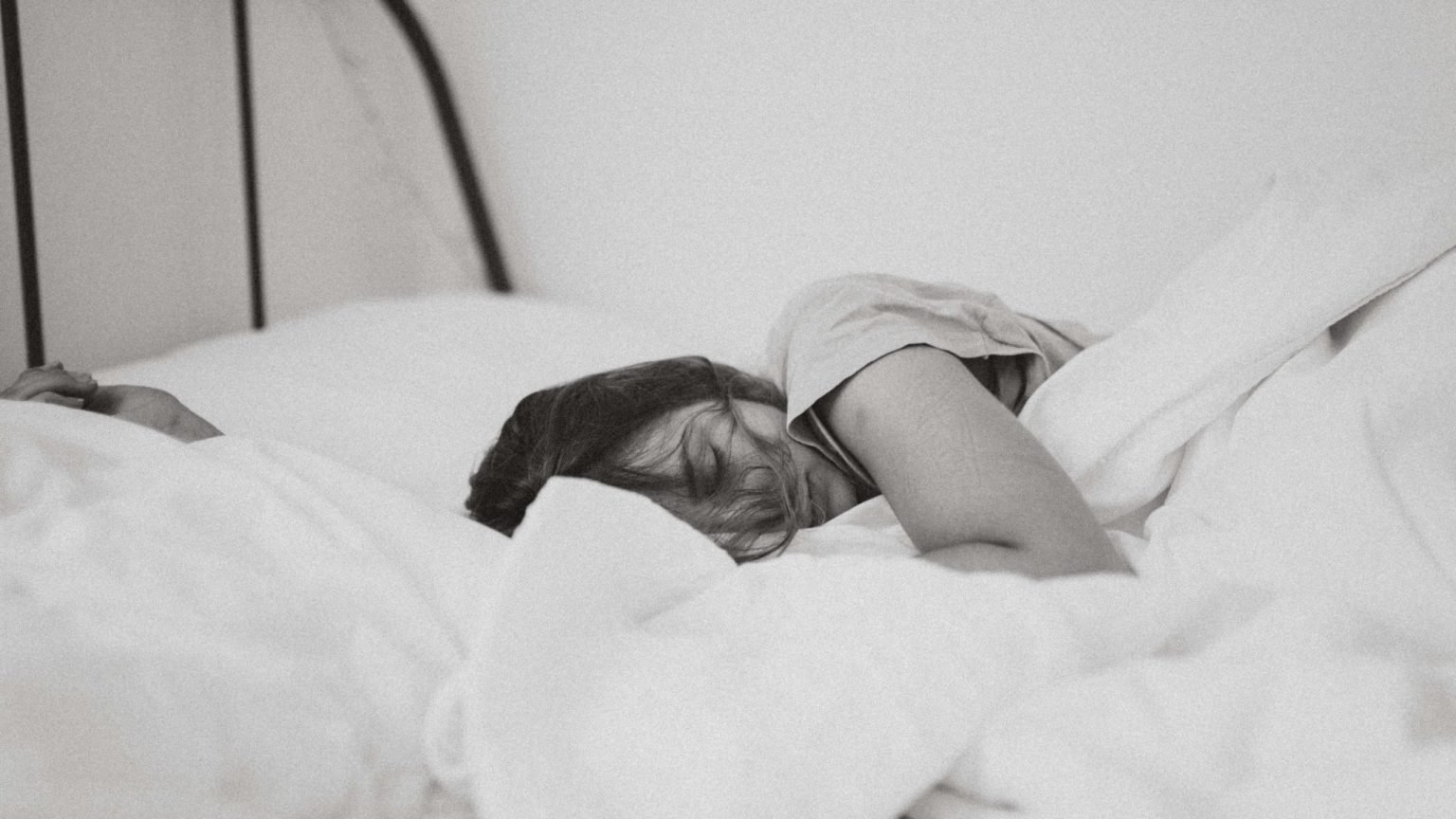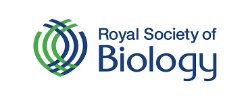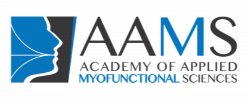Sleep Better

If you wake up during the night, try not to stress about it: As an adult, it’s rare to have a completely unbroken night’s sleep. In fact, most people wake up two or three times during the night. While teenagers or young children enjoy a continuous period of relaxing oblivion that lasts between eight or nine hours, or even longer, it is not typical in adult sleep. Indeed, once we pass our teens, sleep tends to be lighter and awakenings during sleep more frequent. In most adults by the age of 40, it’s normal to wake 3-4 times per night.
However, if you are frequently exhausted on waking or if you find yourself feeling drowsy during the day. It might be a good idea to look further into how you are spending your night time.
Thoughts
Do you spend a lot of time at night following your thoughts about what has happened or what you think will happen?
If so how do these thoughts make you feel? Do you find yourself feeling embarrassed, afraid, sad or angry when you are on this nighttime thought train?
What is your breathing like? The next time you wake up at night, check your breathing rate; Is your breathing rapid? How many seconds are there between each breath? If you are finding that there is little to no pause between breaths. This may mean that you are hyperventilating, which often accompanies periods of night time ruminating.
Try to calm your breath and yourself by spacing your breaths out and breathing more lightly. The way we breathe can either aggravate our calm our emotions. Fast upper chest mouth breathing is associated with the fight freeze or flight response. We don’t need this kind of reaction when we are sitting at home in our kitchen or lying in bed at night. Nasal diaphragmatic breathing which is a long-winded way of saying belly breathing through your nose is used to calm panic attack sufferers and will work for you too. You can do this simple exercise either sitting or lying down:
1. Sit upright or lie down on the floor or a mat, get comfortable.
2. Close your mouth, breathe in and out through your nose. Do not be concerned if your nose is blocked, it will become clearer as you use it.
3. Put one hand on your belly. Notice it rising as you breathe in and falling as you breathe out. Place the other hand on your chest, try to keep this hand from moving.
4. Just focus on feeling the rising of your belly as you breathe in, and the falling of your belly as you breathe out. Do this for a while.
5. When you are ready, after you breathe out, hold your breath for 3 seconds, count it: 1, 2, 3 then breath in. Calmly breathe out and count again 1,2,3. Repeat this breathing pattern of holding your breath after you breathe out for at least a few minutes or until you feel at ease.


Snoring and Sleep Apnea
Snoring, often the subject of jokes about rattling the windows and waking the baby has a much more serious side. Left untreated, snoring may progress into sleep apnoea, high blood pressure or cardiovascular complaints. Not to mention the disruption it causes to sleeping partners.
Simply put, snoring is the sound created from turbulent airflow. It is noisy breathing during sleep caused by the exchange of a large volume of air through a narrowed space, which in turn causes the tissues of the nose and throat to vibrate. Snoring can affect any member of the family, regardless of age, from grandmother to toddler. An estimated 45% of men and 30% of women snore habitually.
The Difference
The question to ask is whether you would snore if your breathing was calm and quiet? Non-snorers breathe quietly through their nose. Their sleep is deep and undisturbed, and they wake up refreshed. People who breathe heavily during the night experience a wide array of symptoms, such as snoring, sleep apnea, disrupted sleep, insomnia, needing to use the toilet, and waking up fatigued with a dry mouth and a possible blocked nose.
Breathe Well
Snorers snore through their mouth, their nose, or both their nose and mouth. Snoring through the mouth is the easiest to address. Such snoring stops when one learns to breathe through his or her nose during sleep.
Snoring through the nose stops when one unblocks the nose and corrects his or her breathing volume to normal levels. By learning to unblock the nose, switching to nasal breathing, and normalising breathing volume, breathing will be quiet, calm, and still throughout the night and nasal snoring will cease.
While most treatments for snoring such as nasal decongestants, nasal strips, surgery and dental appliances aim to expand the airways to make more room for airflow, the Buteyko method corrects breathing volume to normal levels, in addition to expanding the airways.
Wake Less
The relationship between nasal obstruction, mouth breathing, snoring and sleep apnea is well documented (1,2,4), and for decades the Buteyko Method has been successfully implemented to help control these conditions. Simply by unblocking the nose, switching to nasal breathing and reducing breathing volume, snoring and sleep apnea can be significantly reduced.
Over breathing through the mouth can result in many of the sleep-disordered breathing symptoms below. How many do you experience?
- Snoring loudly
- Waking up abruptly with a shortness of breath
- Insomnia: difficulty staying asleep
- Hypersomnia: excessive daytime sleepiness
- Attention, concentration, or memory problems while awake
- Irritability and mood swings throughout the day
- Waking up choking or gasping
- Waking up with a dry mouth or sore throat
- Waking up with a headache
- Frequently using the bathroom at night
Flow
Most procedures for improving snoring and obstructive sleep apnea involve attempting to open the airways – either by bringing the lower jaw forward with surgery or using a continuous positive airway pressure (CPAP) machine to splint open the airway at night. While these interventions are successful in their own right, to further reduce sleep apnea, it is also necessary to consider breathing volume. Any engineer considering the diameter of a tube will also need to consider the flow – after all, one is entirely dependent on the other.
Cold Dry Airways
Mouth breathing during sleep leads to a larger breathing volume as too much air is drawn into the lungs. Not only does the negative pressure on the upper airways increase, but over-breathing also causes the airways to cool and dry out, leading to inflammation and further narrowing of the airways. Anyone who has ever had a little too much to drink of an evening will know how it feels to wake the following morning with your throat raw and inflamed. The same thing happens to your airways when you breathe through your mouth at night, inflaming and narrowing the airways. The body expends energy to condition incoming air within the upper airways before it is drawn into the lungs. Taking too much air in through the mouth overwhelms the upper airways, leading to inflammation. This combination of larger breathing volume and narrower airways is a recipe of obstructive sleep apnea. Buteyko breathing specifically changes breathing volume towards normal levels, thereby reducing turbulence and negative pressure in the upper airway.
The Change
The severity of obstructive sleep apnea is indicated by the Apnea Hypopnea Index (AHI)
The AHI is the number of incidences recorded during the study per hour of sleep. Based on the AHI, the severity is classified as follows:
- None/Minimal: AHI < 5 per hour
- Mild: AHI ≥ 5, but < 15 per hour
- Moderate: AHI ≥ 15, but < 30 per hour
- Severe: AHI ≥ 30 per hour
Several research studies have shown how breathing through the nose offers a distinct advantage during sleep, resulting in fewer incidences of obstructive sleep apnea than when a patient breathes through their mouth at night. An AHI of ≥ 45 was recorded for mouth breathers compared to < 15 for nasal breathers 7. The wearing of a chin strap to prevent mouth breathing demonstrated the same or better results in improving severe obstructive sleep apnea than the use of a CPAP machine in one paper.8 This is an extraordinary result, especially since many people feel unable to wear a CPAP due to the inconvenience and side effects of wearing a mask over the face during sleep.
In an interesting study which aimed to determine the effect of a blocked nose during sleep, subjects slept with their nostrils blocked on one night and open on another. Blocking of the nose caused participants to wake up more often, reduced the quality of their sleep and caused a significant increase in sleep disorders.9,10
Mouth Breathing and Concentration
Having a stuffy nose adversely affects sleep both in children and adults. After a night spent breathing heavily through the mouth, a child will wake up exhausted, causing poor concentration and frustration at school.
The good news though is that sleep experts are becoming increasingly concerned about the impact of open-mouth breathing during sleep, especially for children. Among these researchers is Dr Christian Guilleminault, a leading figure in the field of sleep medicine. In the early 1970s, while working at the Stanford University Sleep Disorders Clinic, Dr Guilleminault monitored the blood pressure of sleeping patients and discovered that when patients held their breath during sleep, their blood pressure dramatically increased. Since then, Dr Guilleminault has made many further discoveries in the field of sleep medicine. Among these, is his recognition that: “the case against mouth breathing is growing, and given its negative consequences, we feel that restoration of the nasal breathing route as early as possible is critical.” This particular paper, which was published in 2015, goes on to say that “restoration of nasal breathing during wake and sleep may be the only valid ‘complete’ correction of paediatric sleep-disordered breathing.” 11
Get Off Your Back
Gravity also plays a role in both snoring and sleep apnea: Sleeping on your back encourages the mouth to open, and as the lower jaw hinges downwards it impedes on the upper airway, reducing its diameter. A variety of studies have made it clear that anyone with obstructive sleep apnea who sleeps on their back will experience a higher number of apneas per night, and will also hold their breath for longer. During a study of 574 patients with sleep apnea, researchers found that patients had at least twice as many instances of apneas/hypopnea when sleeping on their back as compared to sleeping on their side. The paper concluded that “body position during sleep has a profound effect on the frequency and severity of breathing abnormalities in obstructive sleep apnea patients.”12 A similar assessment of 2,077 obstructive sleep apnea patients over a period of ten years found that 53.8% experienced at least twice as many breathing abnormalities while sleeping on their backs compared with sleeping on their side. The paper concluded that “avoiding the supine posture during sleep may significantly improve the sleep quality and daytime alertness of many positional patients.”13
Recap
Heavy breathing during sleep increases negative pressure in the upper airways causing them to constrict. This constriction can cause vibration resulting in snoring. Or the airways may completely close in and stop the flow. This stopping is called apnea. Mouth breathing, having a blocked nose and being in a supine position are contributing factors.
Re-education of your breathing using the Buteyko method and practising our cognitive and meditative techniques will allow you to lightly nasal breathe for better sleep and a quieter mind.
References
L. Hippocrates, De Morbus Popularibus, Frien, Sheep, London, UK, 1717.
- Kim EJ, Choi JH, Kim KW, Kim TH, Lee SH, Lee HM, Shin C, Lee KY, Lee SH.
The impacts of open-mouth breathing on upper airway space in obstructive sleep apnea: 3-D MDCT analysis.Eur Arch Otorhinolaryngol. 2010 Oct 19. Snoring and Obstructive Sleep Apnea. David N.F. Fairbanks and Samuel A. Mickelson.






